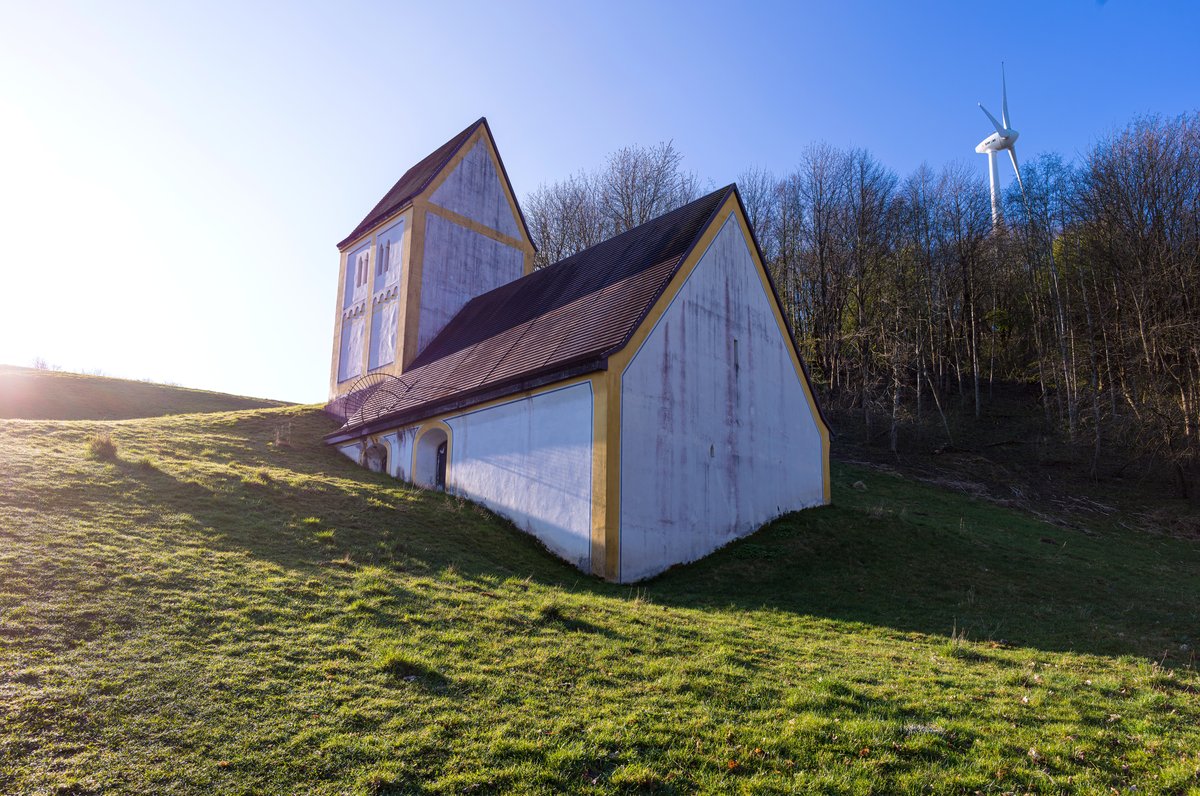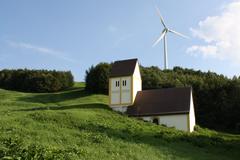
Sunken Village Munich: Visiting Hours, Tickets, and Historical Significance Guide
Date: 14/06/2025
Introduction: A Portal to Munich’s Ancient Past
The Sunken Village in Munich, nestled in the city’s northern districts and along the Isar River, is a remarkable testament to more than 2,300 years of Bavarian history. This site unveils the remains of a well-preserved Celtic settlement from the late Iron Age, later influenced by Roman culture. Far older than Munich’s official founding in 1158 CE, the Sunken Village highlights the city’s role as a crossroads of European civilizations and its enduring connection to the natural landscape (The Archaeologist; Introducing Munich).
Managed by the Bavarian State Office for Monument Preservation, the site is accessible year-round and free to visit, though visibility of its remains depends on seasonal water levels. Late summer to early autumn is generally the best time for exploration. Visitors can deepen their experience through guided tours, special events, and trips to nearby attractions like the Archäologische Staatssammlung and the picturesque Lerchenauer See (Munich Travel).
This guide provides essential information for planning your visit—including hours, ticketing, travel tips, and accessibility—while illuminating the Sunken Village’s place in Munich’s rich historical tapestry.
Table of Contents
- Introduction
- Early Settlement and Archaeological Discovery
- The Celtic La Tène Civilization
- Transition to Roman Influence
- Decline and Abandonment
- Historical Significance for Munich
- Visiting the Sunken Village Munich
- Preservation and Ongoing Research
- Frequently Asked Questions (FAQ)
- Conclusion
- References
Early Settlement and Archaeological Discovery
Archaeological excavations in Munich’s Lerchenauer Feld and Feldmoching districts have uncovered the first complete Celtic village discovered in Bavaria, dating back to around 450 BCE. The site, linked to the La Tène culture, once housed about 500 inhabitants and features a large communal building at its core. This extraordinary find offers a detailed glimpse into prehistoric life, revealing social organization, craftsmanship, and the daily rhythms of a vibrant ancient community (The Archaeologist).
The Celtic La Tène Civilization
The Sunken Village flourished as part of the La Tène civilization, renowned for its advanced metalworking and intricate artwork. The settlement remained continuously inhabited for nearly a millennium, and its communal structures suggest a complex social fabric. Artifacts unearthed here—including ornaments, tools, and ceramics—reflect both the prosperity and cultural sophistication of Celtic society (The Archaeologist).
Transition to Roman Influence
Roman presence became evident by the 3rd and 4th centuries CE, as shown by the discovery of distinctive Roman graves and artifacts intermingled with Celtic remains. Items such as enamel brooches and bronze buckles highlight the cultural blending and gradual transition from Celtic to Roman customs within the settlement (The Archaeologist).
Decline and Abandonment
Archaeological evidence suggests the Sunken Village was abandoned towards the end of the Roman Empire, likely due to climatic changes and environmental challenges. Modern research continues to investigate the causes of this decline, providing valuable context for Munich’s early development and the broader patterns of settlement in southern Germany (The Archaeologist).
Historical Significance for Munich
Although Munich’s official history begins in the Middle Ages, the Sunken Village reveals a much older legacy. The site demonstrates how the region served as a hub for both Celtic and Roman cultures, anchoring Munich’s identity in a continuum of European history (Introducing Munich).
Visiting the Sunken Village Munich
Visiting Hours
- Main Archaeological Site: Open Tuesday to Sunday, 9:00 AM – 5:00 PM. Closed Mondays and public holidays.
- Note: Seasonal changes and water levels may affect visibility—late summer to early autumn is ideal. Always check the official website or tourist information offices for current hours and conditions.
Tickets and Admission
- General Admission: Free
- Guided Tours & Special Exhibitions: Tickets typically €5–€10; advance booking recommended during peak seasons.
How to Get There
- By Public Transport: Take U2 to Feldmoching station, then a short walk or bus ride.
- By Car: Parking is available on site.
- By Bicycle: The area is accessible via Munich’s extensive bike paths.
Guided Tours and Special Events
The Bavarian State Office for Monument Preservation offers regular guided tours that delve into the site’s archaeology and history. Seasonal events and family-friendly workshops are also organized—check the event calendar for details (Munich Travel).
Nearby Attractions
- Archäologische Staatssammlung: Features Celtic and Roman artifacts from the Sunken Village and beyond.
- Lerchenauer See: A tranquil spot for walks and picnics.
- Englischer Garten: Munich’s famous park, easily combined with a visit to the Sunken Village.
Photography and Accessibility
- Photography: Permitted; early morning and late afternoon provide the best light.
- Accessibility: The main paths are wheelchair accessible; be aware some natural terrain may be uneven.
Preservation and Ongoing Research
The Sunken Village is under the care of the Bavarian State Office for Monument Preservation. Ongoing excavations and conservation efforts ensure that both scholars and the public continue to benefit from this invaluable cultural heritage. Exhibitions at the Archäologische Staatssammlung further showcase recent discoveries (Munich Travel).
Frequently Asked Questions (FAQ)
Q: Are guided tours available?
A: Yes, regular tours are offered—see the official event calendar for times and booking.
Q: Is the site suitable for children?
A: Yes, with educational programs and interactive exhibits for younger visitors.
Q: Can I visit year-round?
A: The site is open most of the year except Mondays and select holidays. Check current information before visiting.
Q: Are there entrance fees?
A: General admission is free; tours or exhibitions may require a ticket.
Q: Is parking available?
A: Yes, parking facilities are provided nearby.
Summary: How to Plan Your Visit
The Sunken Village in Munich offers a unique journey through Bavaria’s ancient past, blending archaeological discovery with contemporary cultural and environmental engagement. With free access, guided tours, and proximity to other attractions, the site appeals to history buffs, families, and explorers alike. Its story is a poignant reminder of the city’s deep roots and the ongoing importance of environmental stewardship (The Archaeologist; Munich Travel).
For a richer experience, download the Audiala app for guided audio tours and updates, and follow official channels for the latest news on tours and exhibitions. The Sunken Village is a must-see for anyone seeking a deeper understanding of Munich’s layered history (Munich Travel).
References
- 2300 years old: first complete ancient Celtic village and Roman settlement discovered in Munich, 2023, The Archaeologist (The Archaeologist)
- Introducing Munich: History, n.d., Introducing Munich (Introducing Munich)
- Sunken Village Munich: Visiting Hours, Tickets, and Historical Insights, 2024, Munich Travel (Munich Travel)
- Sunken Village Munich installations and events, 2024, Munich Travel (Munich Travel)





































































































